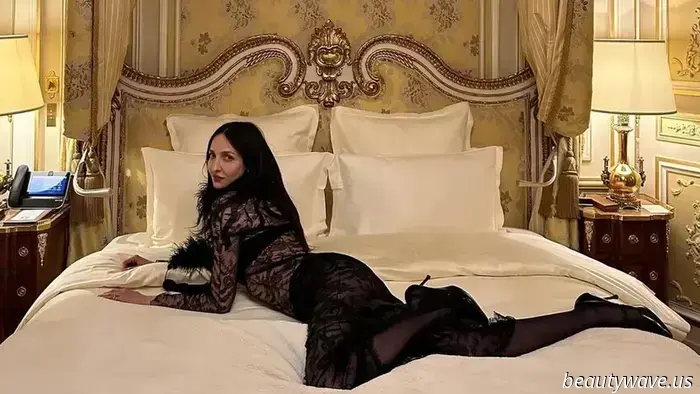
I chatted with British fashion inspiration Tish Weinstock—take a look inside her goth-chic wardrobe.
The night prior to my conversation with Tish Weinstock, I had an epiphany: While I have been following her work for many years—dating back to my internship at I-D in London, where she served as features editor—I hadn’t fully acknowledged that she was the one who gave me my very first byline. I recall my first impression of her from so long ago, and I have always been inspired by her fashion perspective and the unique path she has forged in editorial as both a writer and editor. Over the years, she has evolved into a British style icon—transitioning from I-D to Dazed to British Vogue and System; modeling for Vivienne Westwood and Maison Margiela; walking runways for Chloé and Conner Ives (which she began doing in her 30s); publishing her first book, *How to Be a Goth: Notes on Undead Style*, in 2024; and recently starting a Substack. I have consistently admired her taste and career trajectory, and I had the opportunity to speak with her about the twists in her career, her approach to fashion, motherhood, advice, and her shopping recommendations.
How did you begin your career in magazines?
I studied art history at Oxford and interned at Tank, Garage, Vanity Fair, and eventually settled at I-D magazine, where I remained for quite some time and left as features editor. I moved on to Dazed to work on beauty with Isamaya Ffrench.
What drew you to beauty?
It wasn't a particular passion for makeup; my interest started at I-D when I began writing about beauty. The content performed well online as it intersected with discussions of third-wave feminism, body positivity, and topics of diversity and inclusivity, which started to proliferate through culture. There was this time when individuals were in their rooms experimenting with bold makeup. While figures such as Grace Jones, David Bowie, and Siouxsie Sioux had long been disrupting beauty norms, they were seen as marginal. However, we were suddenly witnessing similar expressions on a larger, viral scale. Isamaya was utilizing technology to redefine beauty aesthetics... Back then, there was a sense of confusion about what constituted beauty, but in hindsight, it was clearly ahead of its time.
And then you transitioned to Vogue after that.
I worked at Dazed beauty for several years, then had a baby and thought, "That’s it; I won't be an office worker anymore—I'll be a woman who lunches." However, I didn't hold onto that plan. My former editor from I-D, Holly Shackleton, contacted me while she was working for the Vogue Global Network and invited me to contribute to their beauty department.
You have recently published a book titled *How to Be a Goth: Notes on Undead Style*. How did that project come about?
I was commissioned to write an article for British Vogue about Tim Burton's *Wednesday*, and afterward, my editor asked me to consider writing a book on goth culture. Initially, I was hesitant, thinking, "You want me to create a manual for a subculture that is quite protective?" But my husband encouraged me to approach it in a unique way. So, I revisited my previous work at I-D regarding the decline of subcultures in the internet age and the impact of virality. I realized I could write from that perspective. I wanted it to be more about narratives of amazing women who embrace their darker sides and live authentically rather than just a guide on how to imitate my style. It became a love letter to those who remain unapologetically themselves.
While writing this book, I discovered how interconnected my thoughts were. It was a concept I had pondered throughout my life but had never articulated. I reflected on my fascination with Morticia Addams, my personal style, and my childhood interests. I was never drawn to princesses; instead, I admired Maleficent, evil queens, and witches. The atmosphere in my home was heavily influenced by my father's death when I was five, which made me sensitive to my mother’s and sister's grief. I couldn't process it at that young age, but I could feel it. I think this exposure to darker themes attracted me to those characters.
I've been listening to the audiobook, and I appreciate how beautifully you convey personal experiences with grief. I'm also intrigued by the music and film references. I would love to delve further into your thoughts on the color black...
I believe black is inherently a crucial aspect of the goth aesthetic, particularly in the ‘80s when the goth subculture emerged. People aimed to cultivate an ominous and striking look. While punk was also about rebellion, goth embodies a certain romance. I am drawn to items that aren't necessarily black, yet maintain a romantic quality. Vintage pieces excite me because of their rich histories; I often imagine who wore them and what their lives were like.
Black is my default; it feels most comfortable



























Altri articoli
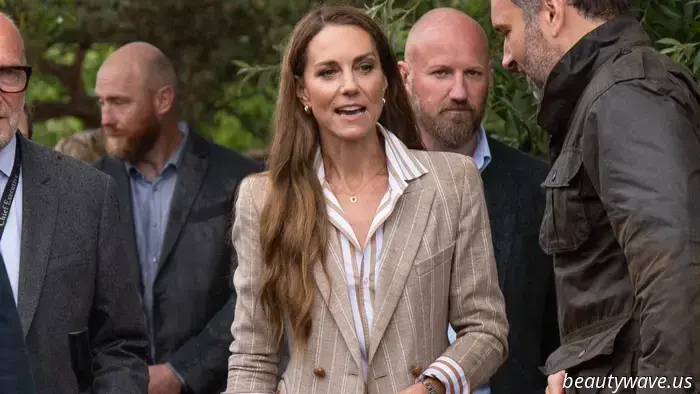 Kate Middleton Has Just Ditching Her Iconic Wide-Leg Trousers for This Unfashionable Style
And paired them with sneakers.
Kate Middleton Has Just Ditching Her Iconic Wide-Leg Trousers for This Unfashionable Style
And paired them with sneakers.
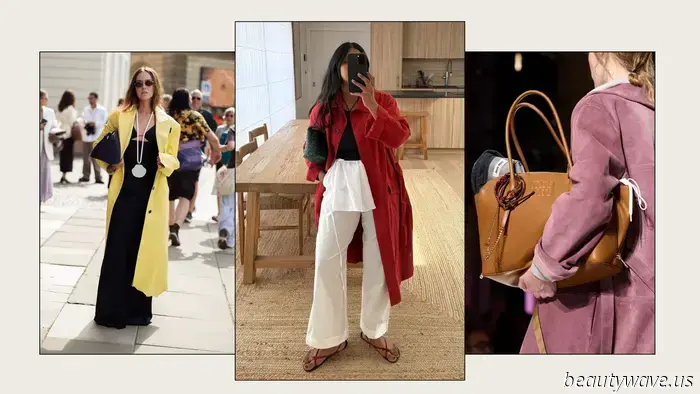 The Unique Yet Highly Fashionable Feature Shared by the Trendiest Accessories of Summer 2025
Get involved in this.
The Unique Yet Highly Fashionable Feature Shared by the Trendiest Accessories of Summer 2025
Get involved in this.
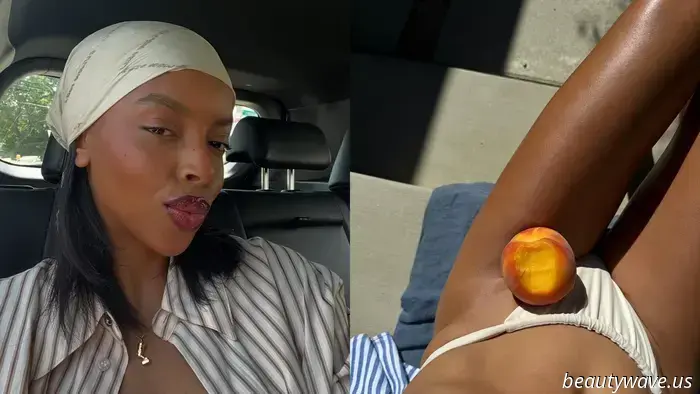 TikTok Detectives Have Been Working to Reveal This Hidden Lip Balm for Weeks—We Have the Official Information.
Spoiler: The excitement is definitely justified.
TikTok Detectives Have Been Working to Reveal This Hidden Lip Balm for Weeks—We Have the Official Information.
Spoiler: The excitement is definitely justified.
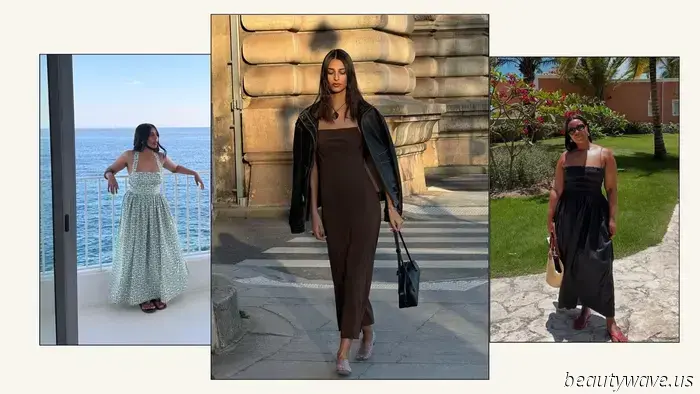 All the most fashionable women I know have a dress from this stylish, lesser-known brand.
So graceful.
All the most fashionable women I know have a dress from this stylish, lesser-known brand.
So graceful.
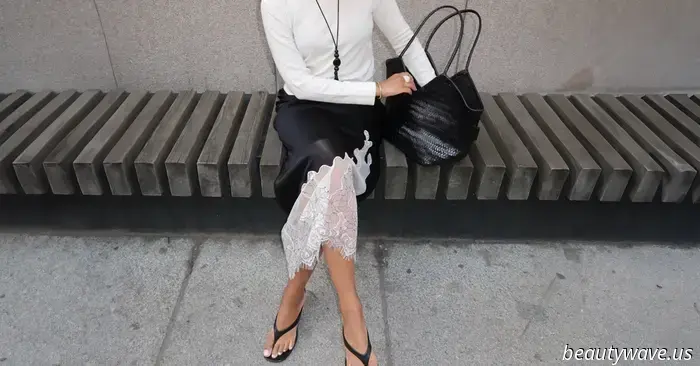 I'm Tired of My Closet—These 33 Stylish Nordstrom Items Can Revitalize It.
The atmosphere is one of an effortless elegance that appears costly.
I'm Tired of My Closet—These 33 Stylish Nordstrom Items Can Revitalize It.
The atmosphere is one of an effortless elegance that appears costly.
I chatted with British fashion inspiration Tish Weinstock—take a look inside her goth-chic wardrobe.
The writer, editor, and model shared her thoughts with us on career changes, fashion choices, motherhood, tips, and, naturally, her shopping suggestions.
